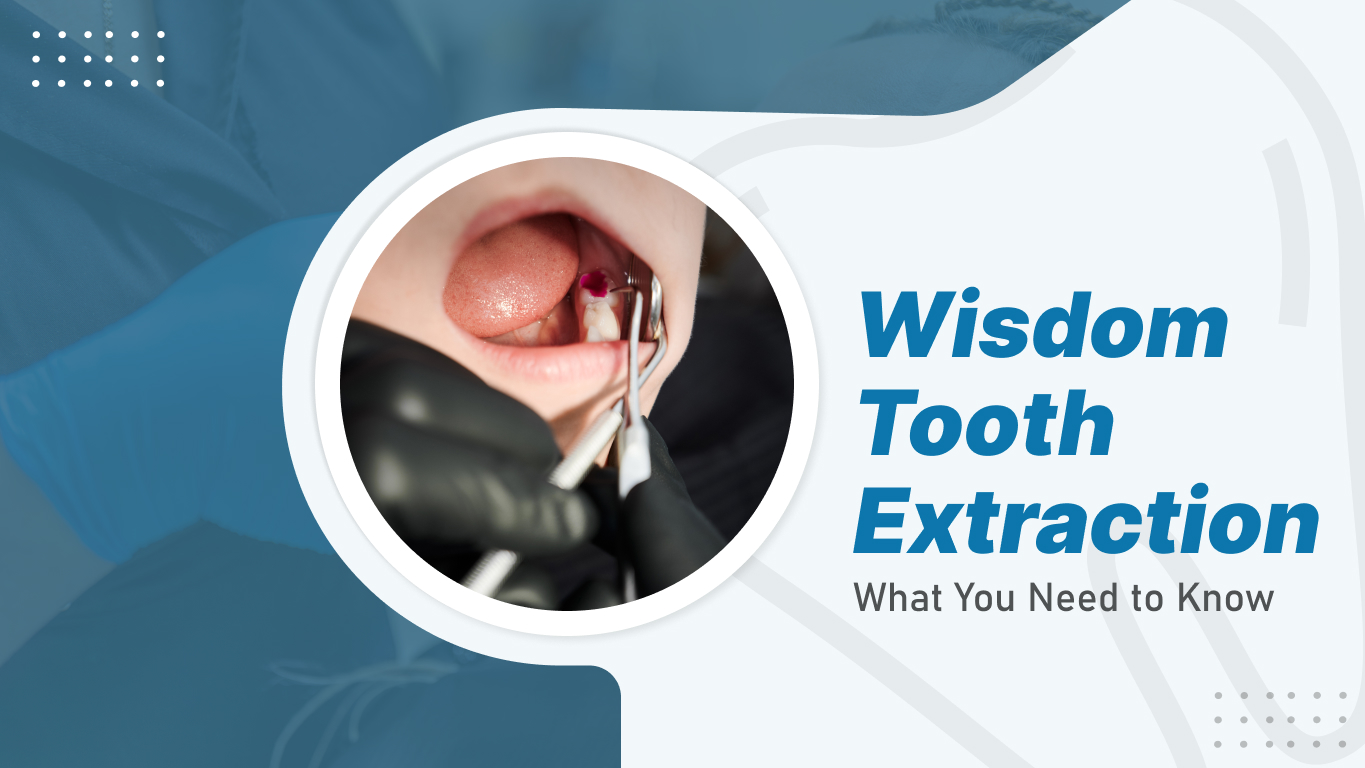Wisdom teeth, also known as third molars, are the last set of teeth to emerge in your mouth, typically appearing between the ages of 17 and 25. While some people experience no issues with their wisdom teeth, many others face complications requiring extraction. Understanding when and why wisdom tooth removal is necessary can help you make informed decisions about your oral health and prepare for the procedure if needed.
Why Do Wisdom Teeth Often Need Removal?
The primary reason wisdom teeth frequently require extraction stems from evolutionary changes in human jaw size. Modern humans have smaller jaws than our ancestors, yet we still develop the same number of teeth. This size discrepancy often results in insufficient space for wisdom teeth to emerge properly, leading to complications.
When wisdom teeth don’t have adequate room to erupt, they become impacted, meaning they’re trapped beneath the gum line or only partially emerge. Impacted wisdom teeth can grow at odd angles, potentially pushing against adjacent teeth and causing crowding or damage. This misalignment can undo years of orthodontic work and create bite problems affecting oral function.
Additionally, partially erupted wisdom teeth create hard-to-reach areas that are difficult to clean properly. These spaces become breeding grounds for bacteria, leading to infections, gum disease, and tooth decay. The location of wisdom teeth at the back of the mouth makes them particularly challenging to maintain with regular brushing and flossing, increasing the risk of oral health complications.
Signs You May Need Wisdom Tooth Extraction
Several symptoms may indicate that your wisdom teeth require professional attention. Persistent pain or discomfort in the back of your mouth, especially when chewing or opening your jaw wide, is often the first sign of wisdom tooth problems. This pain may come and go initially, but it typically worsens over time without treatment.
Swelling and tenderness in the gums around the wisdom tooth area are common indicators of infection or inflammation. You might notice red, swollen tissue that bleeds easily when brushing or eating. Bad breath or an unpleasant taste in your mouth that persists despite good oral hygiene can also signal problems with wisdom teeth, as trapped food particles and bacteria accumulate in hard-to-reach areas.
Other warning signs include difficulty opening your mouth fully, jaw stiffness, headaches, and visible crowding of your other teeth. If you experience any combination of these symptoms, you must schedule a dental consultation promptly to prevent complications from worsening.
The Extraction Process: What to Expect
Before recommending extraction, your dentist will conduct a thorough examination, including X-rays, to assess the position and condition of your wisdom teeth. This evaluation helps determine the complexity of the extraction and the best approach for your specific situation.
Simple extractions involve wisdom teeth that have fully erupted and can be removed with standard dental instruments. Your dentist will administer local anaesthesia to numb the area, then use specialized tools to loosen and remove the tooth. This procedure typically takes only a few minutes per tooth.
Surgical extractions are necessary for impacted or partially erupted wisdom teeth. This more complex procedure may require making an incision in the gum tissue and possibly removing some bone to access the tooth. Sometimes, the tooth must be sectioned into smaller pieces for easier removal. Depending on the complexity, your dentist might recommend sedation options to ensure your comfort throughout the procedure.
Recovery and Aftercare
Post-extraction recovery is crucial for proper healing and preventing complications. Immediately after the procedure, you’ll bite on gauze pads to control bleeding and allow blood clots to form in the extraction sites. These clots are essential for healing, so avoiding activities that might dislodge them is important.
During the first 24 hours, apply ice packs to reduce swelling and stick to soft foods like yogurt, soup, and smoothies. Avoid using straws, as the suction can disturb healing blood clots and lead to a painful condition called dry socket. After the first day, gentle rinsing with warm salt water helps keep the extraction sites clean.
Most people experience some discomfort, swelling, and minor bleeding for several days following extraction. Over-the-counter pain medications, as your dentist recommends, usually provide adequate relief. Complete healing typically takes one to two weeks, though this varies depending on the complexity of the extraction and individual healing factors.
When to Seek Professional Help
While some discomfort after wisdom tooth extraction is normal, certain symptoms warrant immediate dental attention. Severe pain that worsens after several days, excessive bleeding that doesn’t respond to pressure, signs of infection such as fever or pus discharge, and persistent numbness in your lip or tongue all require prompt professional evaluation.
Conclusion
If you’re experiencing wisdom tooth problems or have concerns about your oral health, Carrum Downs Dental is here to help. Our experienced team provides comprehensive dental care, including safe and comfortable wisdom tooth extractions tailored to your needs.
Located conveniently at Shop T5, 100 Hall Road, Carrum Downs, we understand dental emergencies and concerns don’t follow a typical schedule. That’s why we’re open seven days a week from 9 AM to 5 PM, making it easier for you to receive the care you need when you need it.
Our commitment to patient comfort and modern dental techniques ensures that your wisdom tooth extraction experience is as smooth and pain-free as possible. Don’t let wisdom tooth pain disrupt your daily life. Contact Carrum Downs Dental today to schedule your consultation and take the first step toward better oral health.

